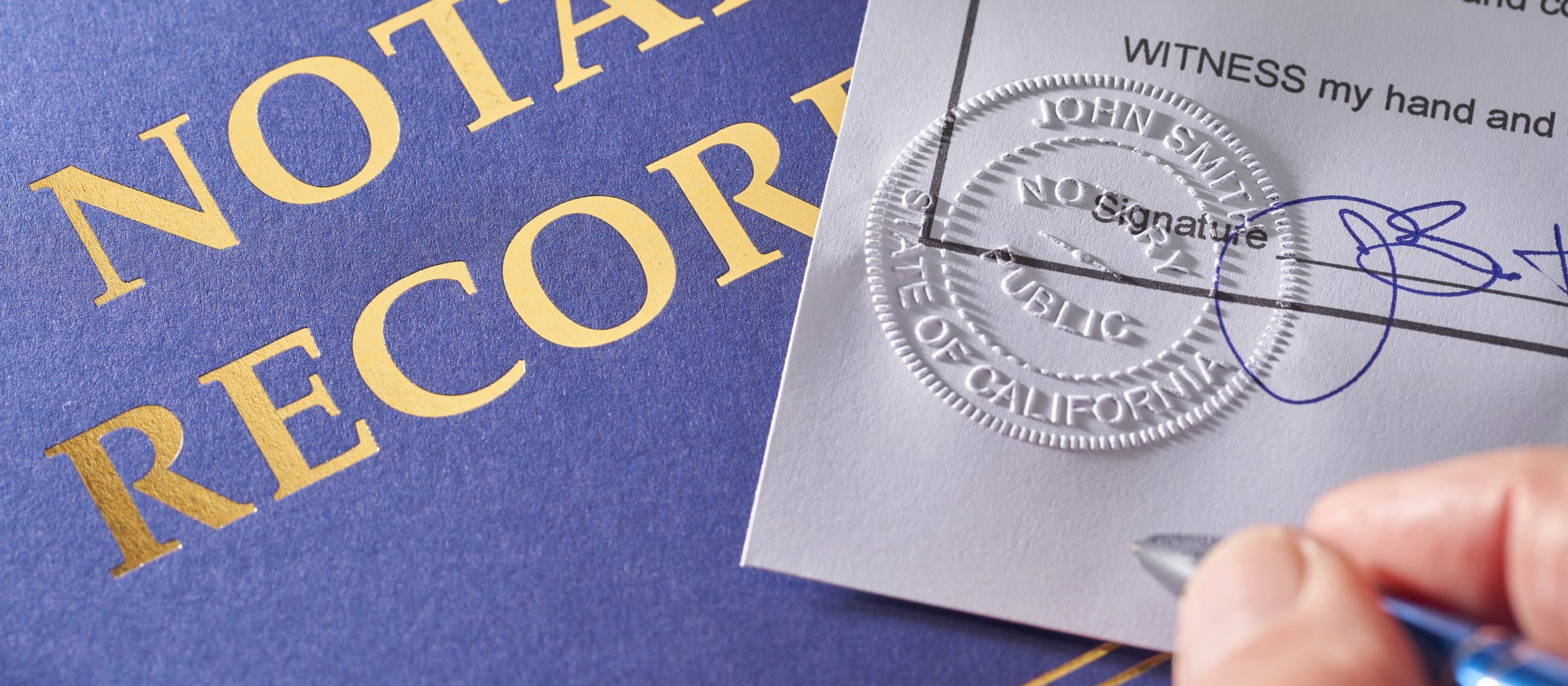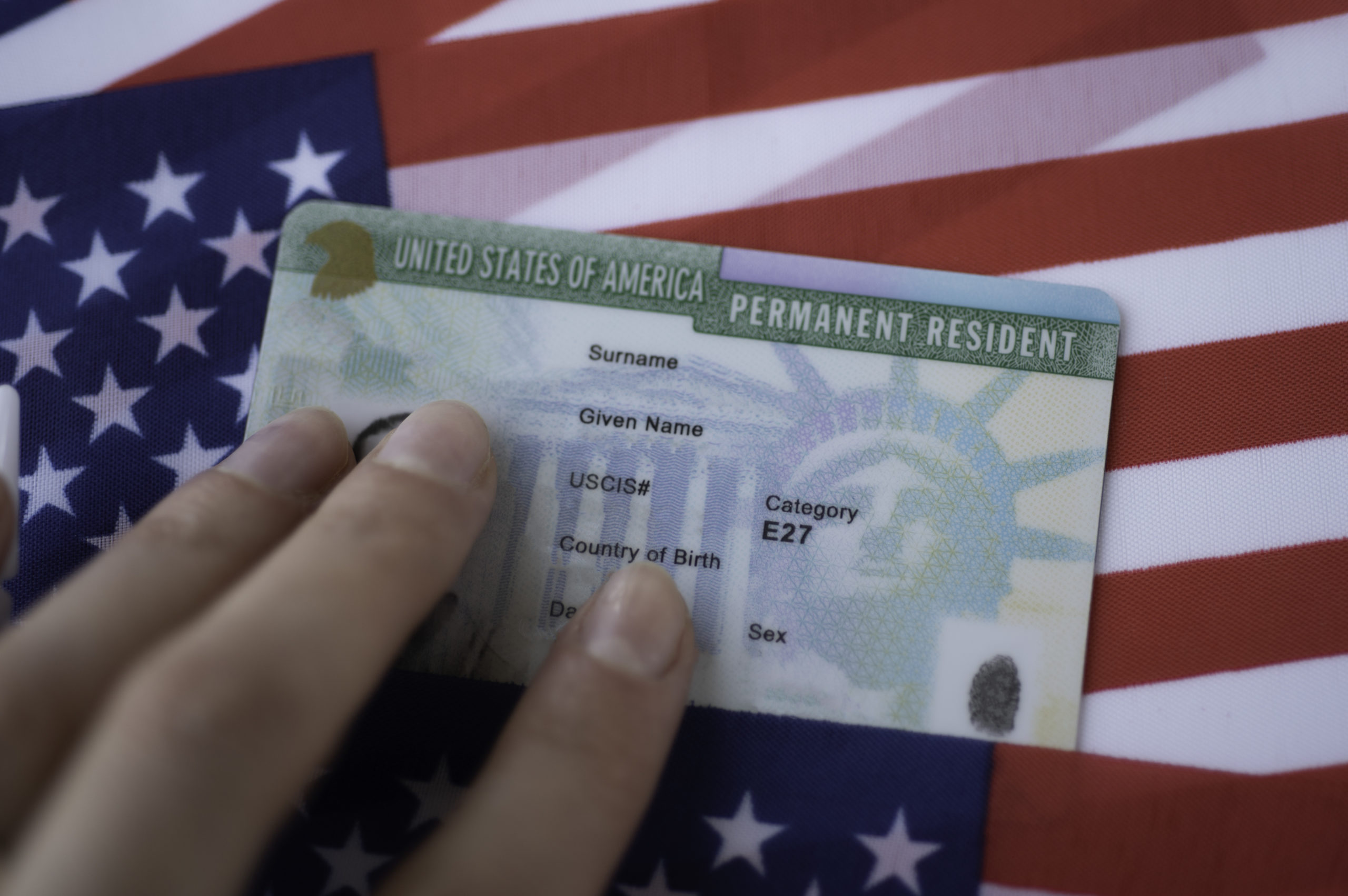Since China's entry into the WTO, tremendous changes have taken place in the technological field of our country, and exchanges with various countries have become increasingly frequent. In this context, Korean technical translation has become increasingly important. Nowadays, the scope of technical documentation translation has become increasingly broad, covering technological inventions in various fields. Technical literature is renowned for its rigorous logical reasoning, precise argumentation, and objective description, requiring that the translation process leaves no loopholes. Below are the key points to consider for Korean technical documentation translation:
1.Deeply Understand the Essence of the Original Text
Before translating Korean technical documentation, translators need to carefully read the original text and deeply comprehend its content and context. This is the foundation of translation work and the key to ensuring accurate translation. Given that technical documentation often contains numerous professional terminology and complex concepts, translators must possess knowledge in the relevant technical fields to accurately understand and translate these terms and concepts. At the same time, understanding the context of the original text can help translators better grasp the overall style and tone of the text, ensuring consistency and accuracy in translation.
2.Ensure Accurate Translation of Professional Terminology
Technical documentation is filled with a large amount of professional terminology, and the accuracy of its translation is crucial. Translators need to consult relevant materials or consult professionals to ensure the accuracy of terminology translation. For terms in Korean that lack direct corresponding vocabulary, translators should adopt explanatory translation or conversion and borrowing methods to accurately convey the meaning of the original text.
3.Maintain Consistency in Translation Style
Technical documentation typically has a specific style and tone, such as formal, professional, and concise. During the process of Korean technical documentation translation, translators need to maintain consistency in translation style with the original text to ensure that the translated text accurately conveys the intention and atmosphere of the original text. This requires translators to not only have deep language skills but also possess a keen insight into the original text's style and tone.
4.Attention to Detail Cannot Be Ignored
Korean has a rich honorific system and complex grammatical rules, and special attention should be paid to detail handling during translation. For example, the gender and plural forms of nouns, the tense and voice of verbs, and the use of honorific and plain language all require careful consideration. Additionally, numbers, dates, units, and other elements in the original text need to be accurately converted and verified to avoid ambiguity or errors.
5.Establish a Quality Control and Feedback System
After translation, a quality control and feedback system is a crucial step in ensuring translation quality. Professional translation companies typically adopt multiple proofreading mechanisms and quality assessment systems to ensure the accuracy and stability of translation results. At the same time, maintaining close communication with clients, promptly understanding client feedback, and making corresponding adjustments and improvements based on that feedback are also important means of ensuring translation quality.
In summary, Korean technical documentation translation is a work that requires both meticulousness and skill. Translators need to deeply understand professional terminology, maintain consistency in translation style, pay attention to detail handling, and establish a quality control and feedback system. I hope these suggestions can help translators improve the quality and accuracy of Korean technical documentation translation.











